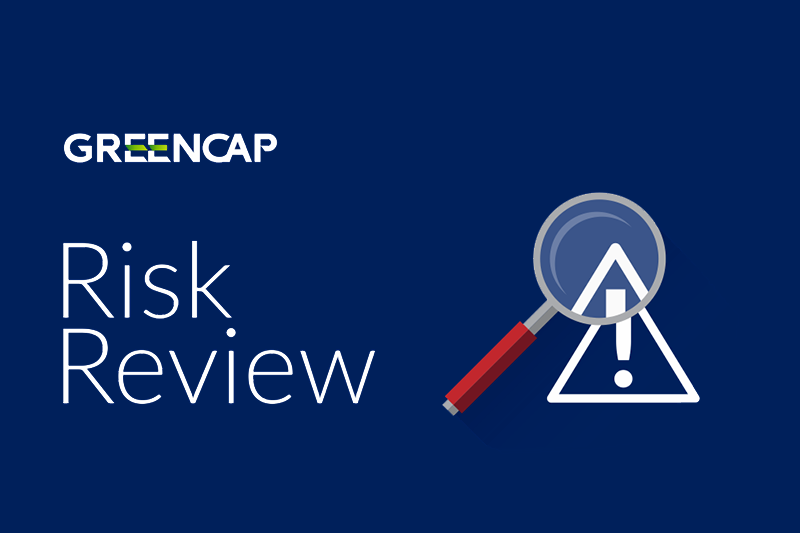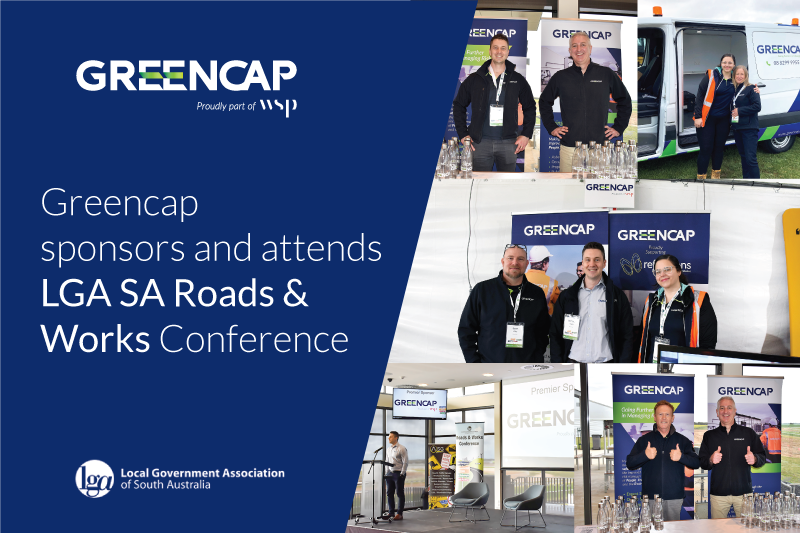News & Insights
Confined Aquifers - Potential Implications for Projects and Assessments Associated with Land Development & Construction
Underground layers of permeable materials that bear water are called aquifers. Environmental regulations and guidelines typically assume that the uppermost aquifer is a water table or an unconfined aquifer. This assumption influences and drives both recommended and required methodologies for assessing groundwater contamination.
However, in many locations the uppermost aquifers in Adelaide (as well as in some areas of Melbourne and Sydney) exist in confined conditions. In the event that confined conditions exist in an assessment area, the current assessment methodologies recommended in state, national and international guidelines may result in the production determination of a "false positive" groundwater contamination status that can have serious implications on project planning, delivery and even the capital value of the land itself.
Furthermore, lack of awareness of confined conditions in the uppermost groundwater bearing unit at construction sites where deep excavations are required may also result in sudden excavation flooding. This presents risks to the health of construction workers, the environment, and the ability to meet project deadlines.
What is Confined Aquifer?
A Confined Aquifer is a layer of relatively permeable material below the land surface that is saturated with water. Layers of impermeable material are situated both above and below this type of aquifer, causing it to exist under pressure such that when the aquifer is penetrated, the water level will rise above the top of the natural aquifer. This is depicted in the following figure.

Potential Environmental Implications
It is prudent to note that no groundwater will be encountered until the top of the aquifer is penetrated. However, the water level in a borehole or excavation that extends through the confining layer may rise significantly above the top of the aquifer.
Environmental guidelines require that the screened intervals of groundwater monitoring bores (wells) be installed across the groundwater level (including its seasonal variation). This is to enable detection of contaminants such as petrol/diesel or other fuel/solvent products which are lighter than water and can float (light non-aqueous phase liquids, LNAPL).
This methodology presents complications when considering the nature of a confined aquifer. If a well screen is installed, as per the current guideline, in a confined aquifer, groundwater will rise through the screen and may fill the unsaturated zone above the upper confining layer creating a perched water layer within the unsaturated zone. If contamination is present in the unsaturated zone, the perched water would interact with it and may cause groundwater contamination to the underlying aquifer which may otherwise not have existed in the absence of a contamination pathway.

If groundwater, which now includes water from the created and impacted perched water body, is then sampled, the testing laboratories may report groundwater impacts which are ultimately not reflective of the original site condition.

This potentially leads to additional environmental investigations, risk assessment and even further remedial works, thereby increasing the cost and time of environmental assessments significantly. This may also attract close regulator’s attention, for example in South Australia the Environment Protection Authority (EPA) must be notified if groundwater contamination is reported. The impacted site is then registered in the EPA database which could devalue the property.
An alternative potential scenario is that if the groundwater in the uppermost aquifer is contaminated but the material above the confining layer is not, the release of groundwater into the clean material (as a result of water seepage through the screened interval) may lead to impact to the unsaturated zone resulting in: 1) more impacted material, and 2) increased vapour risk if groundwater is contaminated with volatile chemicals (petroleum products or solvents).
Implications at Construction Sites
increase in occupancy densities driving more need to subsurface infrastructure such as multi-level car parks. If groundwater investigations have not been conducted, a deep excavation may either penetrate through the upper confining layer or disturb it to a point that its integrity is weakened. If water pressure in the aquifer is high this may cause the excavation to flood.
Excavation flooding may occur very quickly and may drive a series of issues such as risk to workers, damage to equipment rectification works and ongoing management liabilities such as excavation dewatering.

From a health perspective, apart from a potential drowning risk there is a risk of exposure to contaminated vapours from groundwater if it is impacted with volatile organic chemicals such as petroleum products or solvents.
Where the uppermost aquifer is confined, the upper confining layer also provides some level of protection from contamination spills. The soil above the upper confining layer may also be contaminated to the level which requires remediation. Such remediation may involve deep excavation which again may lead to sudden groundwater inflow and partial filling of contaminated soils. This would create a large volume of contaminated groundwater which then needs to be treated or disposed incurring significant additional costs.
What can be done to prevent aquifer contamination and excavation flooding from occuring?
Step 1: Due Diligence - Dekstop Review
A diligent desktop review by an experienced groundwater professional (hydrogeologist) should be undertaken to assess the hydrogeological setting of the area prior to any intrusive works being undertaken. The desktop review may be sufficient to make a judgement regarding the depth to groundwater and aquifer type(s) in the area.
Where on site data already exists, if there is a significant difference between the depths of the shallowest groundwater bores in the vicinity of the site and measured depths of groundwater levels (for example, where bore depths are in the vicinity of 20m but recorded groundwater levels are at 6-7m) and the use of bores is for monitoring purposes, such information should trigger further review and likely intrusive investigations.
Step 2: Characterise the aquifer
If it is suspected that the uppermost aquifer is confined, groundwater investigations and assessment are required to characterise it further and confirm confinement of the aquifer.
Aquifer characterisation involves the drilling of boreholes under the supervision of an experienced hydrogeologist to investigate the depth to the top of the uppermost aquifer and potential thickness of the upper confining layer.
Screened intervals should not extend above the upper extent of the confined layer to prevent groundwater discharge through the screen into the unsaturated soil zone above the confining layer.
Additional aquifer characterisation may also involve a series of aquifer tests such as slug tests or pumping tests. Field tests would allow assessing hydraulic properties of aquifer material and pressure characteristics. These aquifer parameters would be used to design a dewatering system (if required) or a safe depth of excavation to avoid upwards groundwater inflow through a weakened upper confining layer.
Once the aquifer is characterised appropriately a groundwater monitoring program, excavation design and dewatering requirements can be assessed with a high confidence and risks of inadvertent contamination of either the confined aquifer or the material above the confined aquifer can be avoided.
Can Greencap Help?
Greencap has a team of experienced hydrogeologists and scientists who can characterise groundwater conditions at a site, design and implement groundwater monitoring and testing programs and develop appropriate mitigation measures to reduce potential risks to human health and the envronment to an acceptable level.
Please Contact Greencap for further information or if you require any assistance in managing your environmental risks.
Disclaimer:
The information in this material is not intended to provide, and should not be relied upon, for legal or professional advice and is subject to change.
This material provides general information only and does not take into account your particular needs or circumstances. Before making any decisions, you should assess whether this material is appropriate for you and obtain legal advice tailored to you having regard to your particular needs and circumstances.
Greencap Pty Ltd (Greencap), its officers, employees and agents believe that the information in this material and the sources on which the information is based (which may be sourced from third parties) are correct as at the date of publication. While every care has been taken in the preparation of this material, no warranty of accuracy or reliability is given and no responsibility for this information is accepted by Greencap, its officers, employees or agents. Except where contrary to law, Greencap excludes all liability for this information.
If this material contains links to third party websites, Greencap does not control and is not responsible for the information contained within these websites. None of these links imply Greencap’s support, endorsement or recommendation of any other company, product or service.



Greencap acknowledges the Traditional Owners of Country throughout Australia and recognises their continuing connection to land, waters and culture. We pay our respects to their Elders past, present and emerging.



